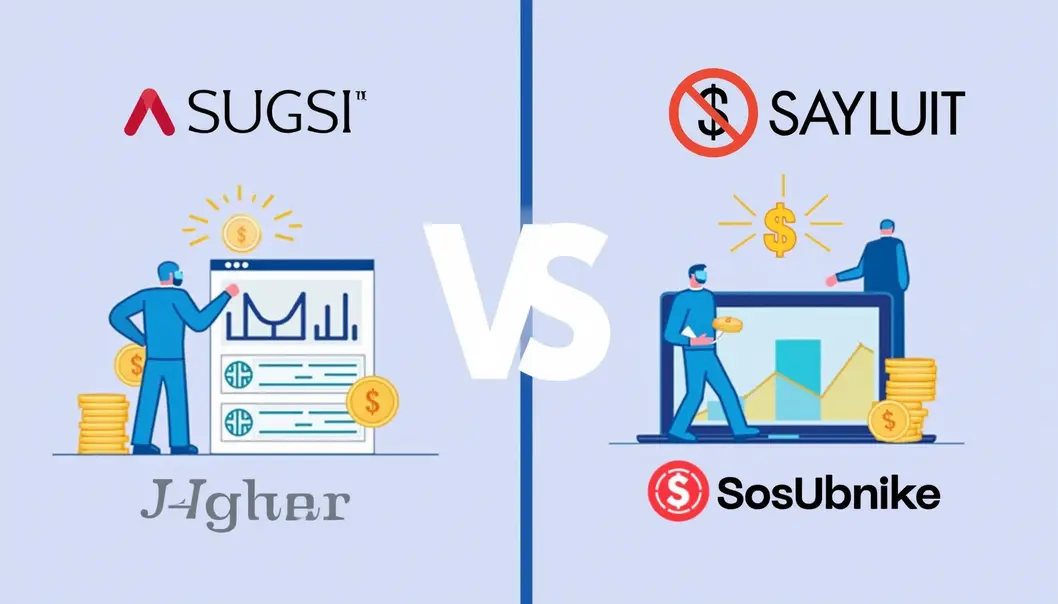Investing wisely in the stock market requires understanding different strategies, notably value and growth investing. Each approach has unique principles and appeals to distinct investor profiles. Value investing centers on identifying undervalued companies and is favored by those prioritizing income stability. In contrast, growth investing targets companies poised for rapid expansion, attracting those seeking high returns despite increased risk. Understanding these strategies is crucial in making informed investment decisions that align with your goals. As the article unfolds, we will explore the nuances of each strategy, weigh their advantages and disadvantages, and help you determine which aligns best with your investment philosophy.
Value vs. Growth Investing: Navigating Two Distinct Investment Strategies
When it comes to investing in the stock market, two well-defined strategies often emerge: value investing and growth investing. Each of these approaches has its unique characteristics, catering to various investor goals, preferences, and risk tolerances. By understanding these differences, investors can make informed decisions that align with their financial aspirations.
Value Investing: The Art of Finding Undervalued Gems
At its core, value investing is about locating undervalued companies—those whose stock prices are lower than their intrinsic value as determined by their fundamentals. Value investors look for companies with strong financial health, robust management, and sound business models, yet whose stocks the market has priced cheaply, often due to temporary setbacks or broader market volatility. The expectation is that over time, the stock prices will correct to reflect the true worth of these companies.
Typical characteristics of value stocks can be found in more traditional industries—think utilities, financial services, and consumer staples. These companies are generally less volatile and are often reliable dividend payers, which provides a degree of income stability. Value investors tend to prioritize long-term growth, seeking consistency both in earnings and returns.
However, value investing is not without its challenges. Value stocks typically exhibit lower growth potential compared to their growth-oriented counterparts, which can limit long-term capital appreciation. Furthermore, sectors with established companies may struggle to adapt to evolving market demands or competition from innovative newcomers. As a result, the very stability that attracts value investors can sometimes hinder growth in a rapidly changing marketplace.
Growth Investing: Embracing Innovation and Potential
Conversely, growth investing involves identifying companies that have the potential to grow at an above-average rate compared to their peers or the overall market. Growth investors operate under the belief that the economy is fueled by innovation, and as such, they actively seek out businesses that are reinvesting their profits back into operations to drive expansion, new product development, and increased market share.
Typically, growth stocks are associated with sectors that prioritize innovation, such as technology or biotech. These businesses may trade at higher valuation multiples, reflecting investor excitement about future growth prospects. While the future is often bright for growth stocks, it can also be quite volatile. Investors in this space typically demonstrate a higher risk tolerance, as volatility is inherent to the path of rapid growth.
Nevertheless, growth investing has historically produced substantial returns for those willing to ride out the ups and downs. Successful firms like Amazon and Tesla exemplify the kind of transformative potential that can yield impressive rewards, further enticing investors to explore this strategy despite its risks.
Evaluating the Differences: Value vs. Growth
Choosing between value and growth investing is fundamentally about aligning your investment strategy with your financial goals and risk tolerance. Here is a brief comparison:
| Feature | Value Investing | Growth Investing |
|————–|———————|———————-|
| Focus | Undervalued stocks | High growth potential |
| Common Sectors | Utilities, Financials | Tech, Biotech |
| Valuation Metrics | Lower (e.g., P/E ratio) | Higher multiples |
| Risk Attitude | Lower risk | Higher risk |
| Expected Returns | Steady dividends and healthy capital growth | High capital appreciation |
Considerations for Investors
The decision to pursue either strategy is not simply an intellectual exercise; it often hinges on several critical factors. For example, an individual who prioritizes regular income and stability during uncertain economic times may find value investing more aligned with their goals. Conversely, a younger investor with a longer time horizon might feel more inclined toward growth stocks for capital appreciation potential, notwithstanding the accompanying volatility.
Market conditions can also influence this choice. In environments characterized by economic stability and optimism, growth stocks may thrive due to increased consumer and business spending. However, during uncertain times or rising interest rates, value stocks often emerge as a safer haven, providing steadier returns and lower risk exposure.
A Hybrid Approach: Merging Strengths
Rather than choosing one path outright, some investors opt for a hybrid approach, incorporating elements from both strategies. This balanced method allows investors to capture the stability of value stocks while still benefiting from the fast growth often associated with innovative companies. Diversifying across both types can create a portfolio resilient enough to withstand market fluctuations, as downturns in one asset class may be offset by stability or growth in another.
A well-rounded investment strategy draws on the advantages of both value and growth investing, allowing for flexibility and adaptability in a complex financial landscape. By following these dual paths, investors can position themselves to take advantage of different market dynamics and trends, leading to a more resilient portfolio overall.
In Conclusion
Understanding the nuances of value investing versus growth investing is essential for any investor seeking to navigate the complexities of market dynamics. These distinct strategies offer varied paths to achieving financial success, whether prioritizing income and stability or pursuing overarching growth potential. No matter the chosen avenue, aligning your strategy with your personal financial goals and risk tolerance is crucial in making sound investment decisions.
As we delve deeper into investment strategies, further exploration into the performance history and practical applications of value and growth investing will illustrate how to leverage both approaches effectively. This understanding can guide investors toward achieving their financial aspirations while maximizing their portfolios’ potential.
Final thoughts
In summary, value and growth investing represent two pivotal strategies with their own sets of risks and rewards. By understanding their distinct characteristics, average investors can better align their investment choices with personal goals and risk tolerance.
Subscribe for more tips on investing!
Learn more: https://savemawallet.com
About us
Try our budgeting tools to help you manage your finances more effectively and make informed investment decisions.


Leave a Reply
You must be logged in to post a comment.